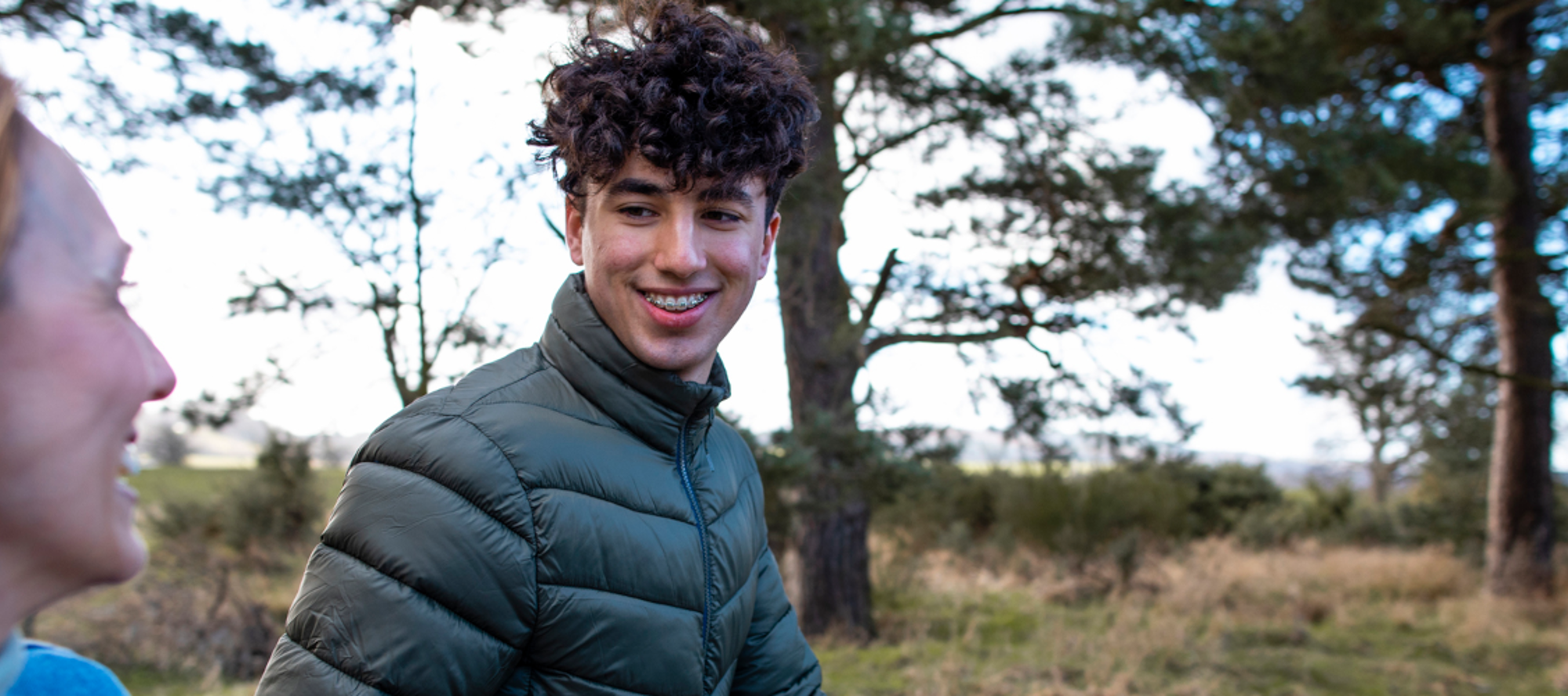What matters to children in care and care leavers’ wellbeing
These short videos share the views of children in care and care leavers about what is important to them and their wellbeing.
Part of What makes life good for children in care and care leavers? video learning resources.
These videos by the Bright Spots team shares key learning from the Bright Spots Programme, so that professionals can better support children in care and care leavers.
The Bright Spots Programme has been working with children in care and care leavers since 2013 to explore their views and experiences of what makes life good for them. The programme continues to work with local authorities across the country to capture children and young people’s voices and respond to what they say.
The videos
What is important to children and young people in care?
Dr. Julie Selwyn talks about what is important to children in care, based on findings from almost 10,000 children who took part in Bright Spots’ surveys.
This video clip summarises some of the findings from 10,000 voices, a report produced by the Bright Spots team. You can read a summary of the report and explore the full report for more information about important findings and the methods used to gather the voices of young people.
(Length: 12 minutes)
What supports wellbeing for children in care?
Dr. Julie Selwyn talks about the factors that support wellbeing for children in care. These include feeling safe and settled where they live, having a good friend, having a trusted relationship with their worker and being involved in decisions.
(Length: 5 minutes)
What supports wellbeing for care leavers?
The Bright Spots surveys identified a steep decline in wellbeing when young people left care. In this video, Linda Briheim-Crookall talks about the factors associated with higher and lower wellbeing for young people who have been in local authority care.
(Length: 10 minutes)
Practice responses to the Bright Spots findings: Sheffield City Council
A resource bank was launched alongside the 10,000 voices report, with practice examples from local authorities who made improvements based on what young people told them through Bright Spots surveys. There are ideas related to promoting positive body image, friendships, pets and making sure children are well informed about decisions.
This video shares how Sheffield City Council responded to the Bright Spots findings in their area, including the Fridge Plan.
(Length: 13 minutes)
Reflective questions
These questions are adapted from the webinar delivered by the Bright Spots team in 2020. They can be used to think about how your organisation could respond to these findings.
- How can you ensure that your services are guided by the factors that make life good for young people? You could consider using this knowledge to inform individual plans, local offers and service development.
- Within your role, how could you promote a culture where services step up to be the best parent – aspiring for young people to do well and giving young people in care the same opportunities as other young people, through practice, emotional and financial support?
- How could your service systematically measure children and young people’s subjective wellbeing, and listen to the views and voices of young people?
- Review your organisation's support for young people at transition points. How can services avoid ‘cliff-edges’, ensuring that the transition to independence is gradual and goes at the young person’s pace?
- How could your organisation recognise and adapt support to care leavers who have a long term health condition or disability?

